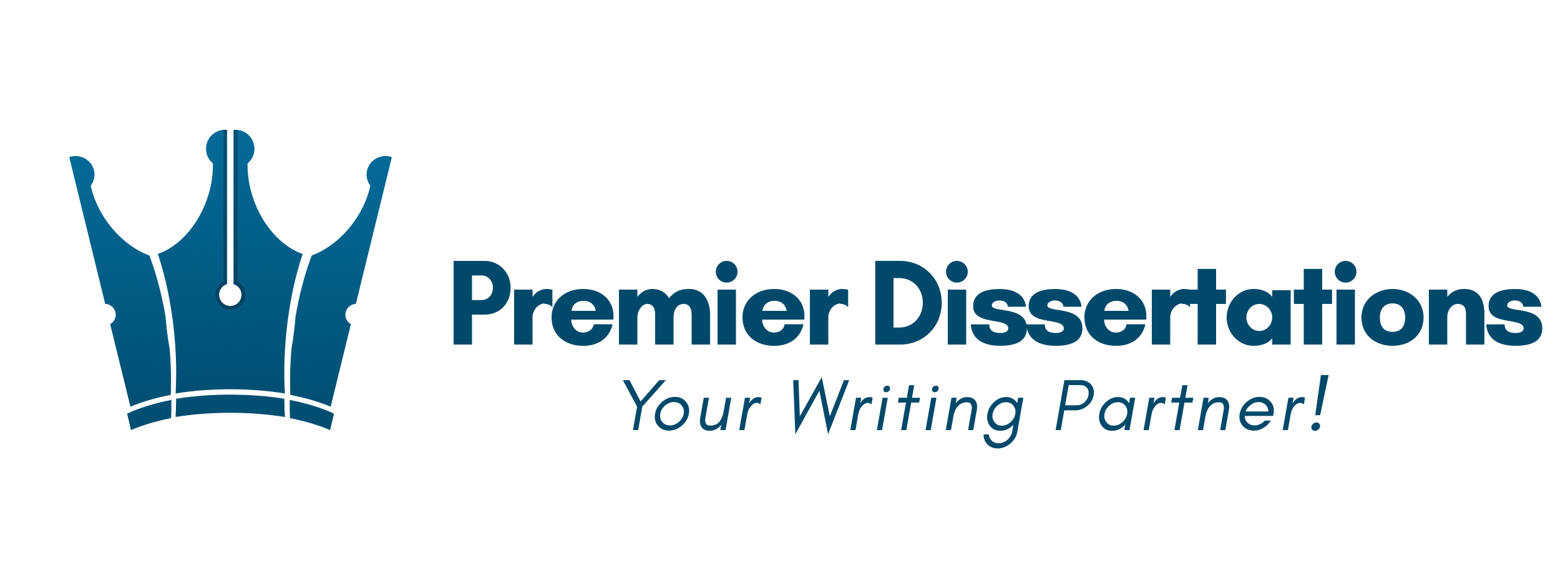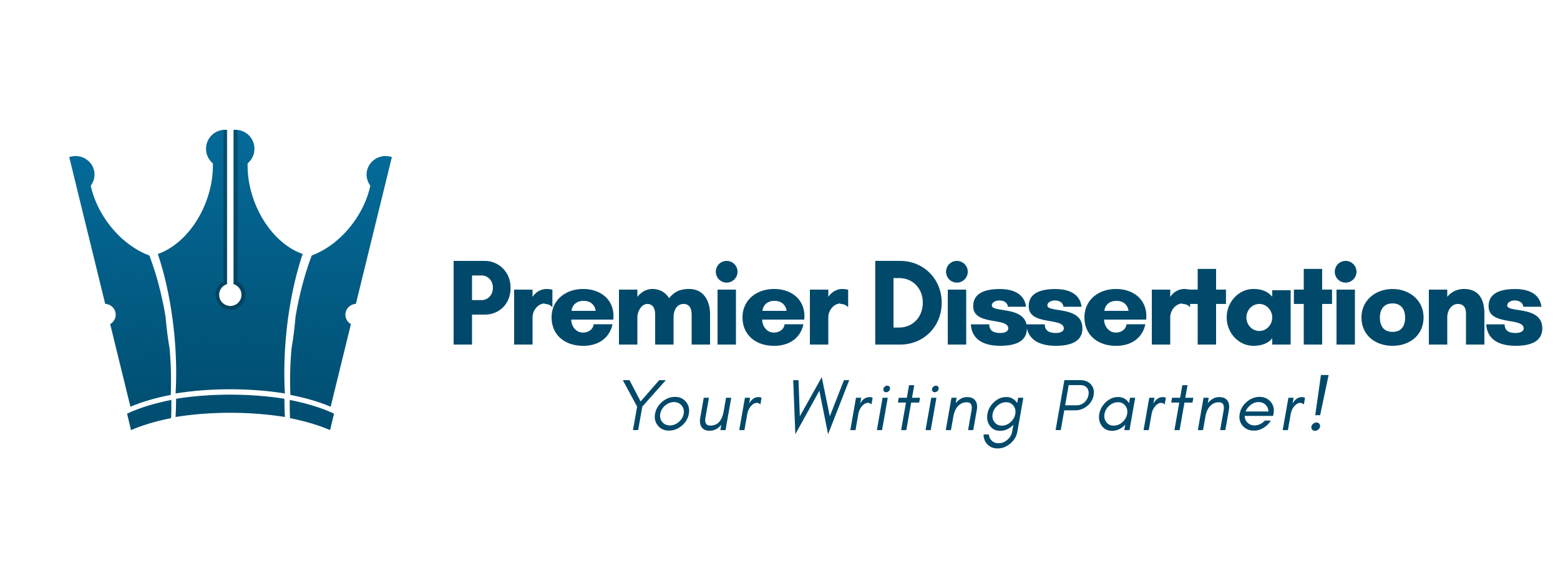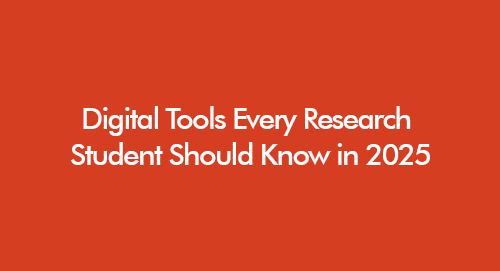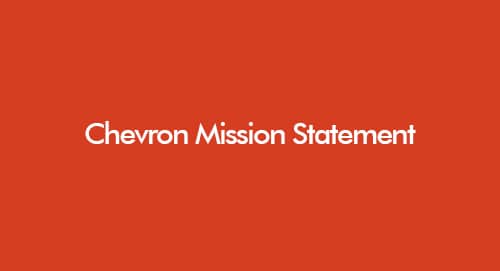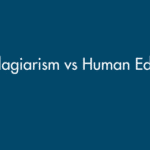
AI Plagiarism vs Human Editing: What Students Must Know
October 6, 2025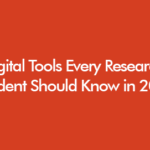
Digital Tools Every Research Student Should Know in 2025
October 8, 2025If you’re a student or an academic researcher who is wondering, “Can I publish my own research paper?”
The answer is yes – absolutely.
But knowing how to do it well makes all the difference.
With proper guidance, dedication, and the right resources, many individuals successfully publish their own research, even without extensive institutional support. Premier Dissertations is here to guide you through the full journey—from initial idea to final acceptance.
You may also like to review;
500+ Quantitative Research Titles in 2025 | Correlational Research Topics - 100+ Examples
What Does “Publishing Your Own Research Paper” Mean?
Publishing your own research paper means you (or your small team) take full control of every stage: defining the question, conducting the research, writing the manuscript, navigating peer review, and submitting to a journal.
This can be done independently, but doing it well requires;
- A clear research question and methodology
- Access to literature and data sources
- Skills in academic writing and referencing
- Familiarity with journal selection, formatting, and submission procedures
- Ability to deal with feedback, revisions, or rejections
Why Do Many Students Hesitate to Publish Their Papers?
Even though it is possible, many students feel uncertain about publishing their paper.
There could be multiple reasons, but some of them are;
- Lack of experience with academic publishing
- Fear of rejection or criticism
- Uncertainty about structure, formatting, and journal guidelines
- Confusion over ethics (plagiarism, data handling)
- Time constraints and balancing coursework with publication preparation
These challenges are real – but surmountable with planning, feedback, and sometimes external support. This is how you can eventually meet your goal and publish your research paper successfully.
How Can You Publish Your Own Paper? Step-By-Step Guide
Publishing your own paper requires willpower, together with deep study and analysis.
Here is a roadmap if you decide to publish independently, with or without support.
- Choose Your Topic Carefully
Pick an original, manageable research topic. Review existing literature to find gaps or under-explored areas. - Gather Data and Conduct Research
Make sure your methodology is solid. If you need ethics approval – secure it. Collect, analyse, and interpret data rigorously. - Write the Manuscript
- Title and Abstract: Captivating but precise
- Introduction: Set context, justify your research
- Literature Review: Critically engage with sources
- Methods: Be transparent, reproducible
- Results: Present clearly (tables, figures, stats)
- Discussion & Conclusion: Interpret, compare, offer future direction
- Ensure Quality and Integrity
Use plagiarism software, reference properly, avoid unethical practices, and maintain authorial clarity. - Select a Journal
Choose one whose scope matches your study. Check indexing, peer-review standards, and turnaround times. Open access vs subscription matters. - Format and Submit
Format per journal guidelines. Include cover letter, declarations (if any), and supplementary materials. - Respond to Peer Review
Once submitted, expect feedback. Respond constructively, revise, and possibly resubmit. - After Publication
Promote your paper: share via academic networks, social media, and conferences.
Where Can Premier Dissertations Help You?
While publishing on your own is possible, using professional assistance can significantly increase your chances of success.
Explore how you can publish a successful research paper with some meaningful assistance.
- Topic Suggestion & Proposal Help — We help refine research questions.
- Manuscript Editing & Proofreading — Ensuring clarity, academic tone, and error-free writing while editing and proofreading.
- Journal Selection Guidance — Matching your work with appropriate journals.
- Formatting & Reference Formatting — APA, Harvard, OSCOLA, etc.
- Ethics & Originality Checks — Guidance on ethical compliance, similarity reports.
- Peer Review Response Support — Drafting responses, revision planning.
We don’t take over authorship; you remain the author, but our support ensures your submission is polished, credible, and aligned with journal standards.
Pros and Cons of Publishing Your Own Research Paper
Advantages | Challenges |
Full ownership of your work | Greater time investment |
Learn deeply about research & academic writing | Risk of initial rejections |
Cost-effective (if self-managed) | Navigating journal guidelines and peer review may be daunting |
Builds confidence and credibility | May need external feedback to reach the required quality |
Common Mistakes to Avoid
- Submitting without peer or mentor review
- Not aligning with the journal's scope or guidelines
- Underestimating formatting, referencing, or language editing
- Ignoring ethical approval or data governance
- Poorly structured manuscripts (weak introduction, unclear methods)
Tips to Make Your Self-Publishing Attempt Successful
- Seek feedback early (supervisor, peers)
- Use tools (Turnitin, grammar checkers)
- Follow successful papers in your field as templates
- Be clear and concise in writing style
- Stay persistent—rejection is part of academia
Final Thoughts
Yes, you absolutely can publish your own research paper. With careful planning, rigorous writing, appropriate journal selection, and ethical integrity, many students succeed without institutional support.
That said, using professional guidance from services like Premier Dissertations can significantly reduce friction, improve quality, and help your paper get accepted faster.
If you’re ready to go from idea to publication, let Premier Dissertations help polish every element of your work – ensuring it meets journal standards, passes originality checks, and shines in peer review.
Contact us today for a free manuscript evaluation or topic consultation and make your publishing journey smoother!
Frequently Asked Questions
Get 3+ Free Dissertation Topics within 24 hours.
